RTI and the SLP
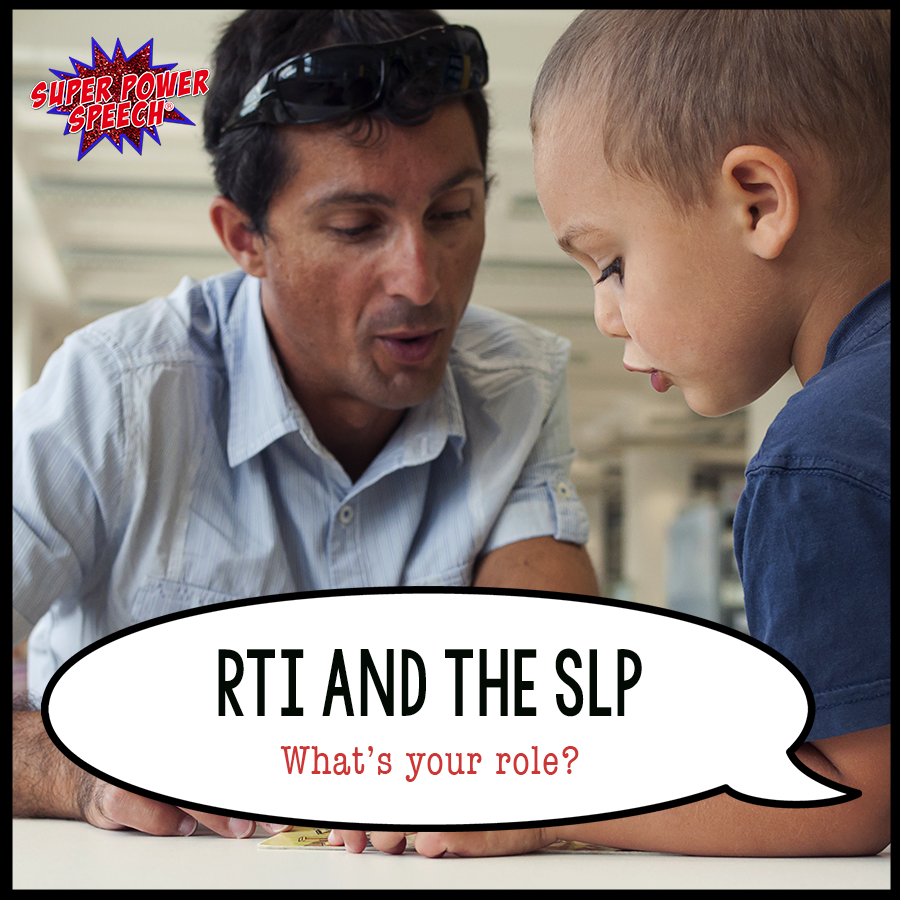
“Response to Intervention (RTI) is a multi-tier approach to the early identification and support of students with learning and behavior needs. The RTI process begins with high-quality instruction and universal screening of all children in the general education classroom. Struggling learners are provided with interventions at increasing levels of intensity to accelerate their rate of learning.” (RTI Action Network)
My school has been transitioning to the RTI model for several years. We have been told that by the middle of this year, we will be fully implementing RTI for specific learning disabilities. In addition, we have been using PBIS for behavior RTI for approximately five years (read my post here).
What does RTI have to do with the Speech Pathologist?
ASHA has weighed in on this issue several times. In the article Responsiveness to Intervention: New Roles for Speech-Language Pathologists, the authors state, “SLPs must engage in new and expanded roles that incorporate prevention and identification of at-risk students as well as more traditional roles of intervention. Their contribution to the school community can be viewed as expertise that is used through both direct and indirect services to support struggling students, children with disabilities, the teachers and other educators who work with them, and their families.”
This sounds like a daunting task for an SLP who is already serving too many students and filling out too much paperwork. The authors from Responsiveness to Intervention, however, state that, “The point of RTI, however, is not to add more tasks but to reallocate time to better address prevention and early intervention, and in the long run serve more students up front rather than at the point of special education evaluation and service”
What might this look like?
In my school, I am dipping my feet into the RTI water by providing in-class support. Our English Language Development (ELD) model is that all students, regardless of home language, receive thirty minutes of intensive language instruction per day. The students are divided into three language levels (beginner, intermediate, advanced). Whenever possible, I write “language block” into my (or my SLPA’s) schedule for each grade level. We then merge into the low language room for those thirty minutes. In the classroom, we provide support to the students with language IEPs as well as other students that the teacher has concerns about. We sometimes pull them into a small group at the back table and do the same activities as the rest of the class, but with more monitoring. Sometimes, we will sit next to the students we are helping. Occasionally, I will even step in and take over a whole-class lesson.
When data needs to be collected before referring for special education testing, I will often include specific students in my speech groups. In this way, I can take specific data and measure progress over several weeks of time.
I have developed several RTI tools to help me in this process, the most recent of which, is “Little Red Riding Hood”. With this tool, the therapist measures pre-test data in the areas of narrative and vocabulary. After several sessions of intervention are used, the test is re-administered for post-test data. This new RTI tool includes fill-able pdf forms that you can type directly into during the pre-test, save on your computer, and then type in for the post-test. There is a summary page that complies the data and is ready for final thoughts and formal recommendations for next steps.
Check out this new product here!
And watch the video below!
Or… check out all of my RTI products here!
Question for you…
Is your school implementing RTI? Are you involved in the process? What does it look like your school/district?

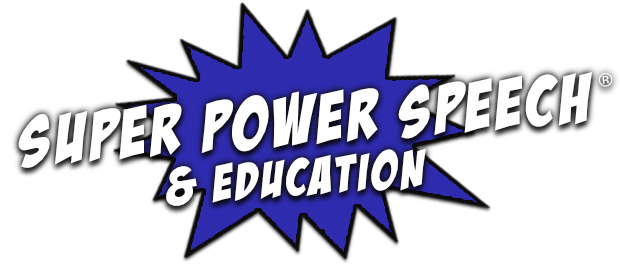
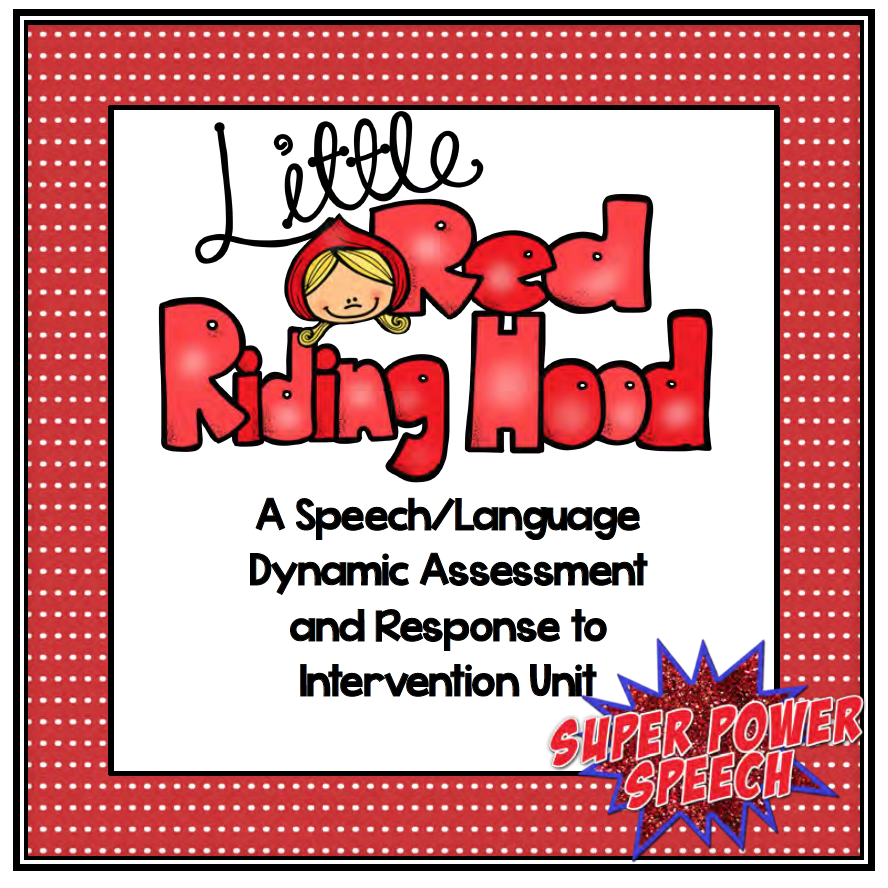
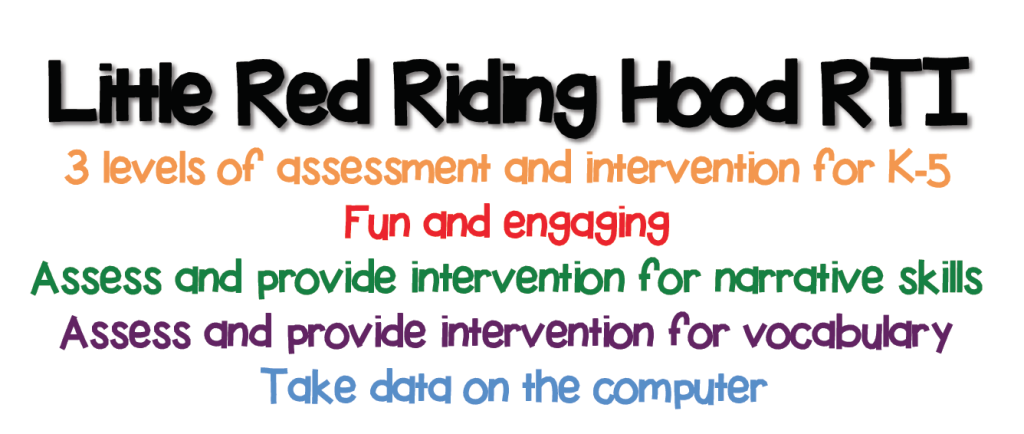
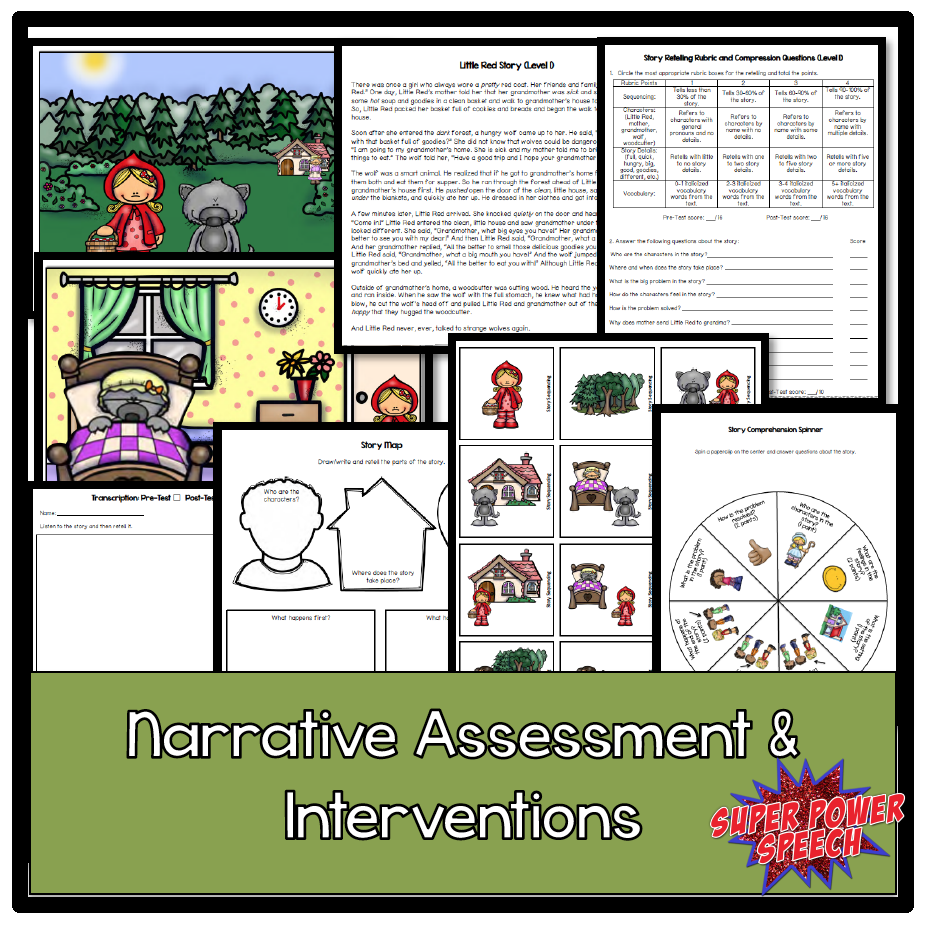
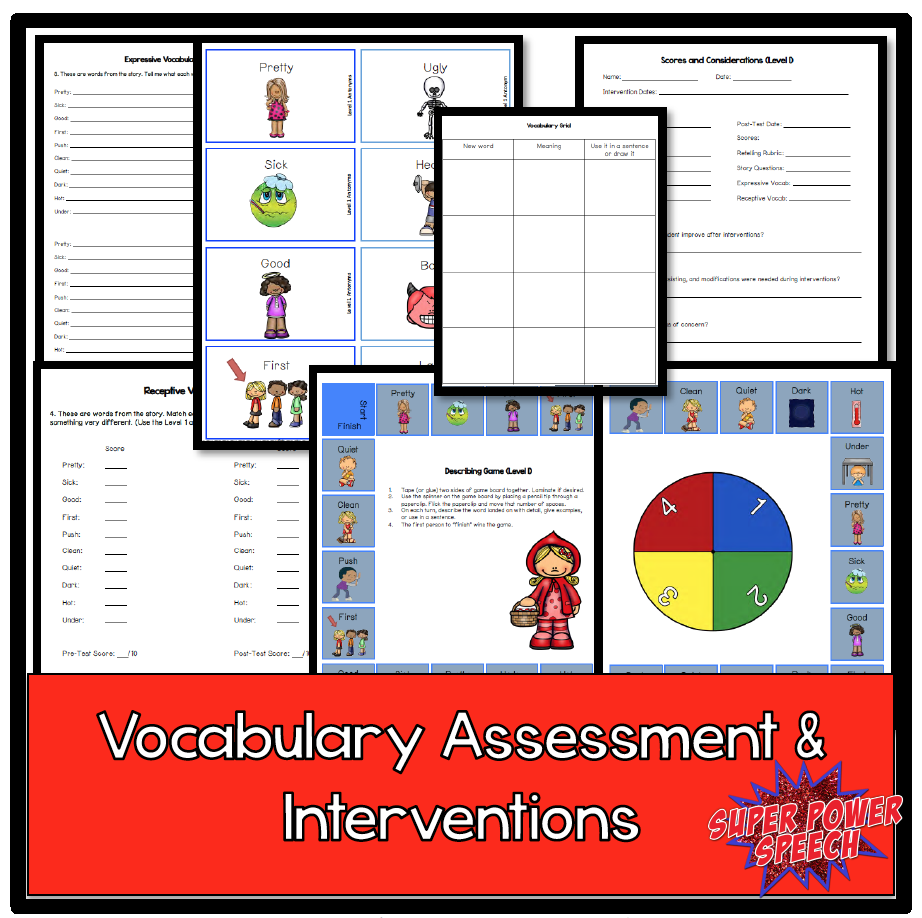

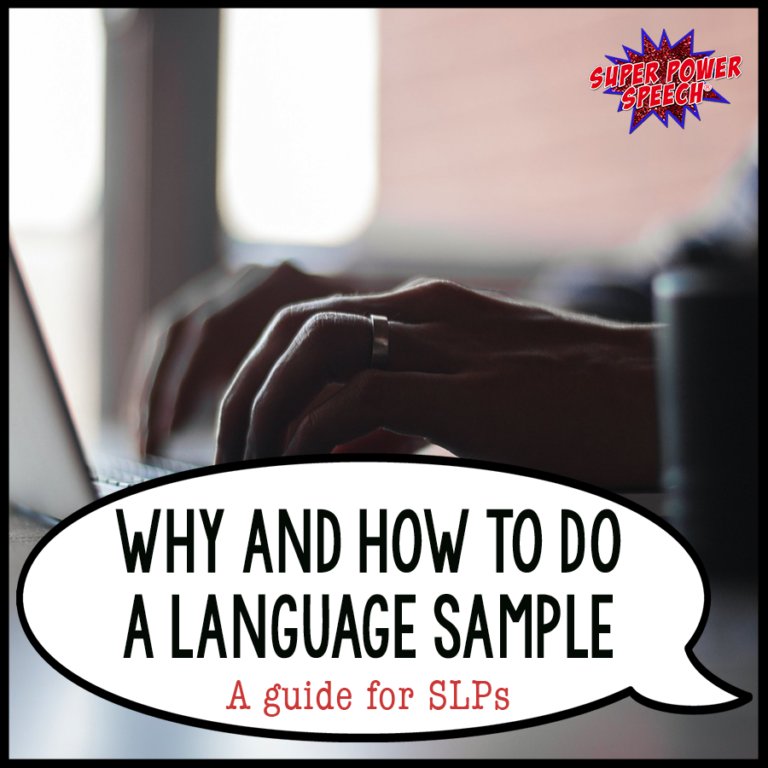


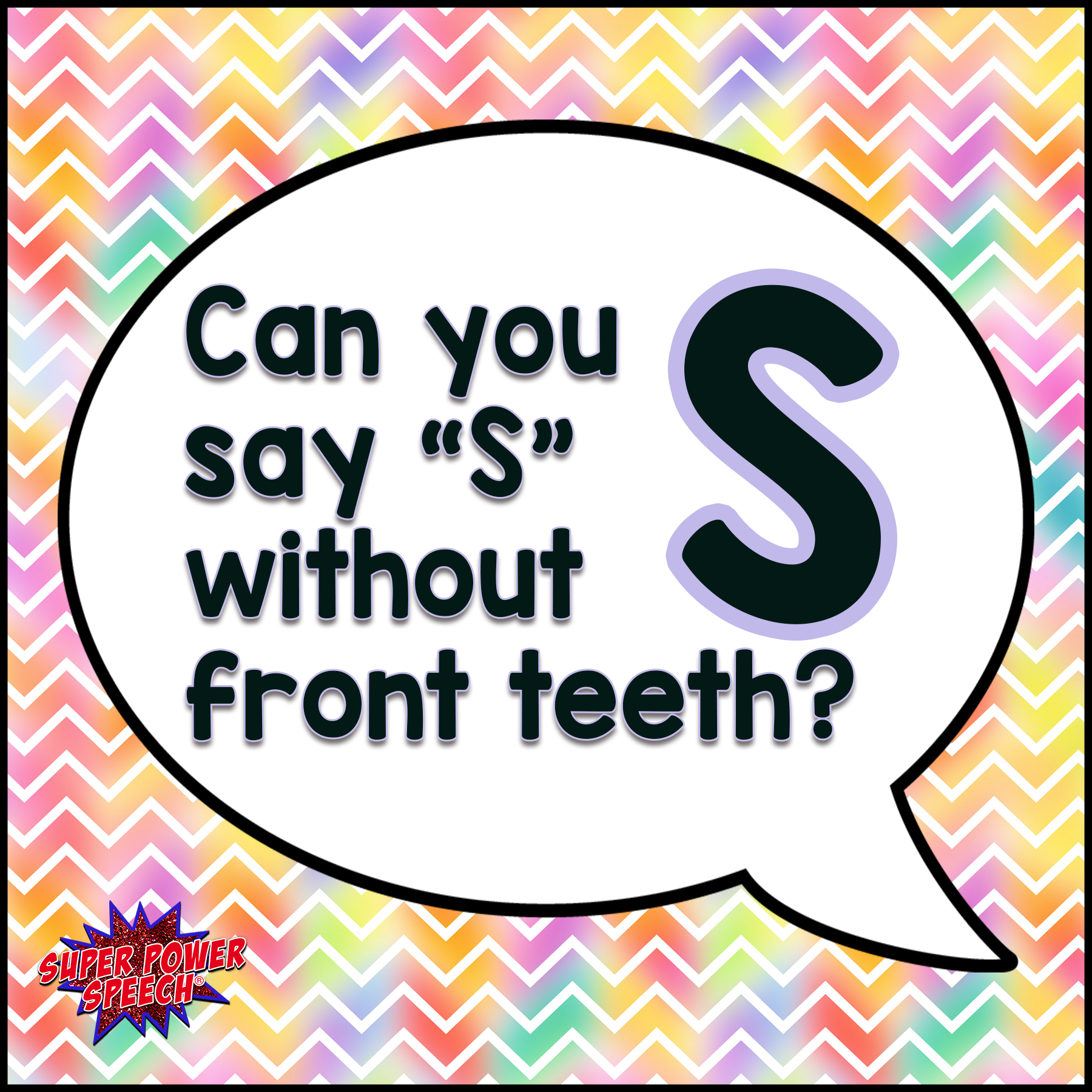
Great article! Can you comment on RTI as it relates to attic or phono students?
Thanks!
Sarah
For artic kiddos, I usually just start including them in one of my artic groups and see if they make progress. I have one little girl right now that I started last spring and am now going to formally test her. Another girl that started at the same time, I’m about to “dismiss” because she doesn’t need ongoing therapy or an IEP.